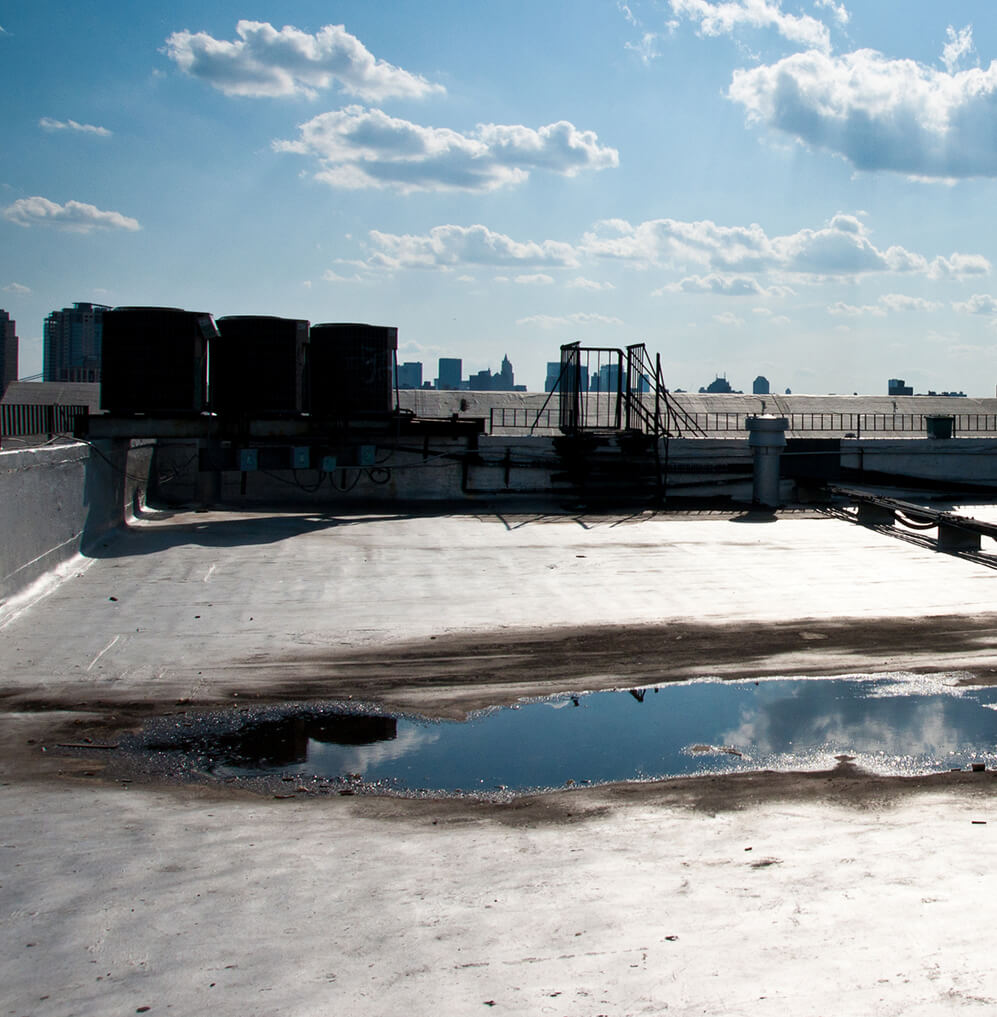"Roofed Right did a very nice job on our roof. They came in with a lower-priced solution for our commercial roof replacement In our Driftwood Manor Condos.
We were definitely in need of a new roof so I contacted Adam and he immediately got back to me and he sent a very reasonable quote to the condo association and they choose Roofed Right to install a new roof for us. Adam was very professional and informative and very pleasant to communicate with. His workers started finishing our new roof in a very reasonable time and cleaned up after themselves.
We the condo owners and the Condo Association are very pleased with our new roof and definitely recommend Roofed Right to install or repair your roof.
You won’t be disappointed. They are very reasonable in price and very professional. Jane has lots of roofing experience and Adam is very nice & professional to converse with. Thank you Adam & your hard workers with Roofed Right for giving us here in our condo establishment a nice sturdy roof."
-Deidra U




